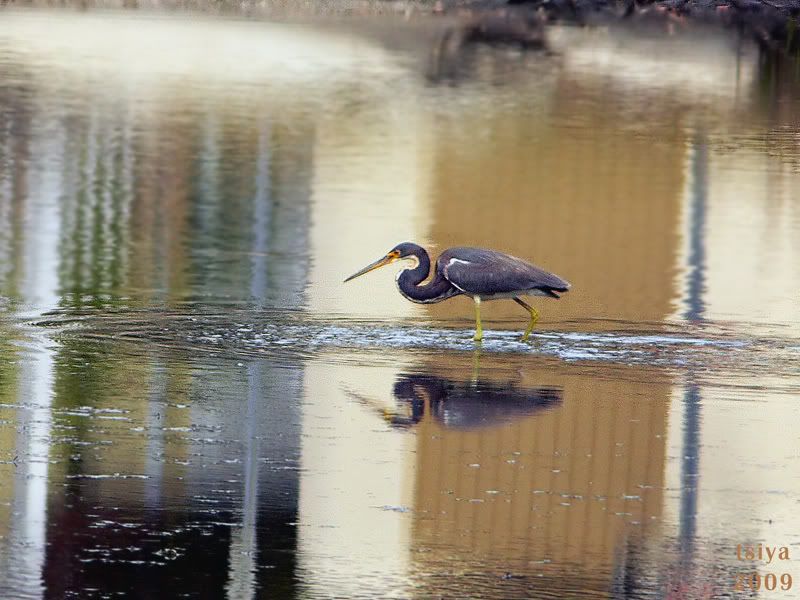
Posted on 02/16/2009 1:18:08 PM PST by SWAMPSNIPER
Maria Sanchez Lake was formed in the late 1800s when Henry Flagler had the upper reaches of Maria Sanchez Creek filled. A dam was built to regulate tidal flow. Over the decades the lake has become a beauty spot, habitat, and food provider for many water bird species.
There are some erosion problems. The City of St. Augustine is now building a concrete seawall around a large section of the lake. There were better plans, less expensive plans, plans that would have enhanced the beauty, and benefitted wildlife.
The big problem with urban engineers seems to be an addiction to concrete.
I've tried to sell St. Augustine as a great destination for photographers, but the scenic areas get more cluttered every day. I'm about ready to end my sales pitch.
There won't be many more shots like these, from Maria Sanchez Lake.

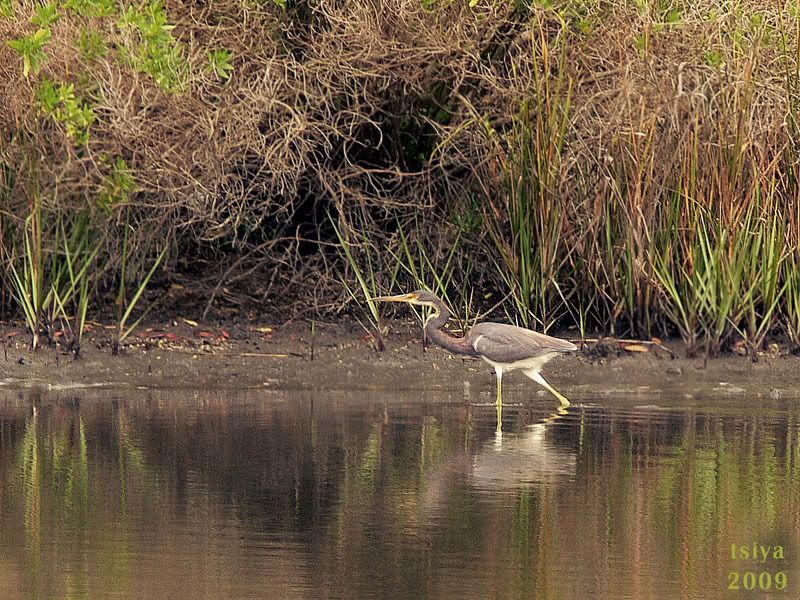
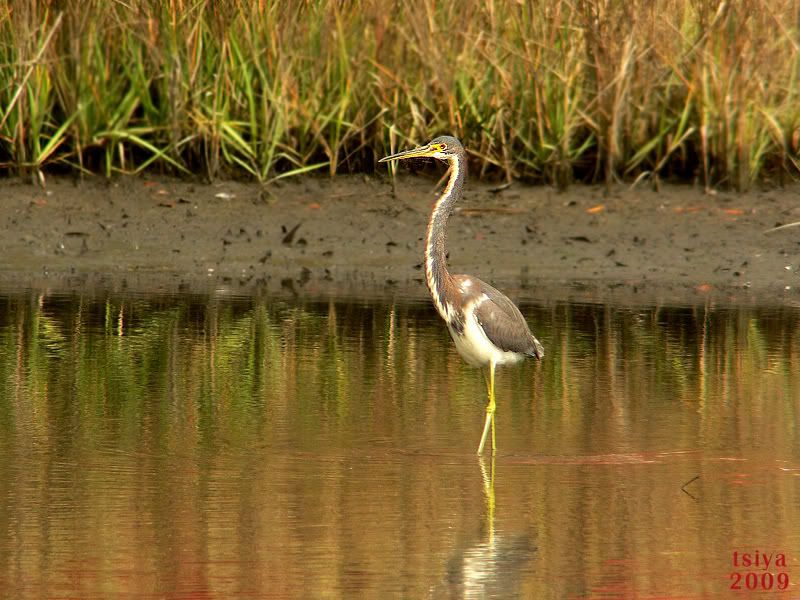
Pinglist
Beautiful as always, thanks!
Their white head feathers stand up like a crown when confronting another bird.

I would consider a ‘treehugger’ to be someone who would protect an inconsequential aspect of nature at great human expense or to avoid any human interference at all, even if it harms nature.
An erosion control option that is cheaper, more attractive and of greater benefit to nature does not fit my definition of ‘treehugger’.
Great SS. Mark for later view when Mrs. RQSR gets home.
That last one is the best of the bunch. Great color, refection and range of texture. I’d probably crop it though so it has a portrait orientation that matches the bird’s elongated stance.
Simply gorgeous. (I’m with you ... LESS CONCRETE!)
Yeah, nothing weird about wanting to protect nature. I call myself a conservationist.
Beautiful photos.
Nice!
I don’t know what that is darting ahead in photo #1 but it looks like dinner for that bird...lol.
Herons and Egrets don’t mess around!
Beautiful, Swampy!
I’m with you on the concrete.
Your “experts” sound like the ones around here—building bulkheads to keep the islands in place because “that’s where they’ve always been”. Bull honkey sticks! If that’s so, how come there are tree stumps in the middle of the sound and out in the ocean? Did the trees just get up and walk out there and drown themselves one full moon night? LOL
Sand moves—get over it!
HaHa.....those beaks do look like they mean business. I’ve never lived around large birds so these photographs are beautiful to look at plus educational.
I’ve followed the ultralight-led migration of whooping cranes from Wisc to Fla. and that’s been really interesting. Big birds, long legs, big beaks. The crew has mentioned that crabs, shrimp and other natural food is scarce this year because of the drought. Is that true in your area as well?
We’re near saltwater, all OK there. Most of the waders go back and forth, wherever the food is.
I noticed another change. Tricolor heron legs turn reddish or pink when tricolors reach the breeding stage. The birds in your pictures have yellow legs, but my birds’ legs are not yellow.
I’m not sure any more about the eye color and whether it changes at breeding. The eyes may always be red. Their eyes were very red in all my photos, but my photos were all taken during the breeding stage.
I found that the following site mentioned the leg color change. http://www.outdooralabama.com/watchable-wildlife/what/Birds/herons/th.cfm
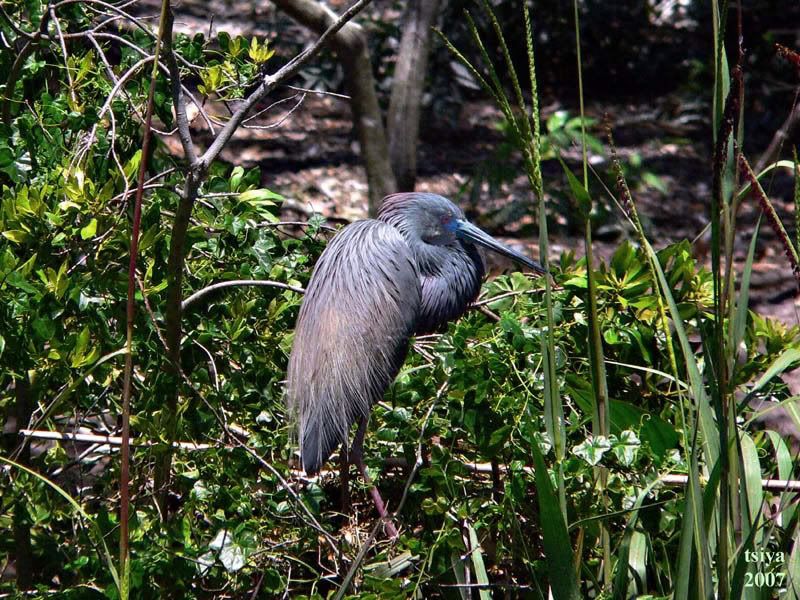
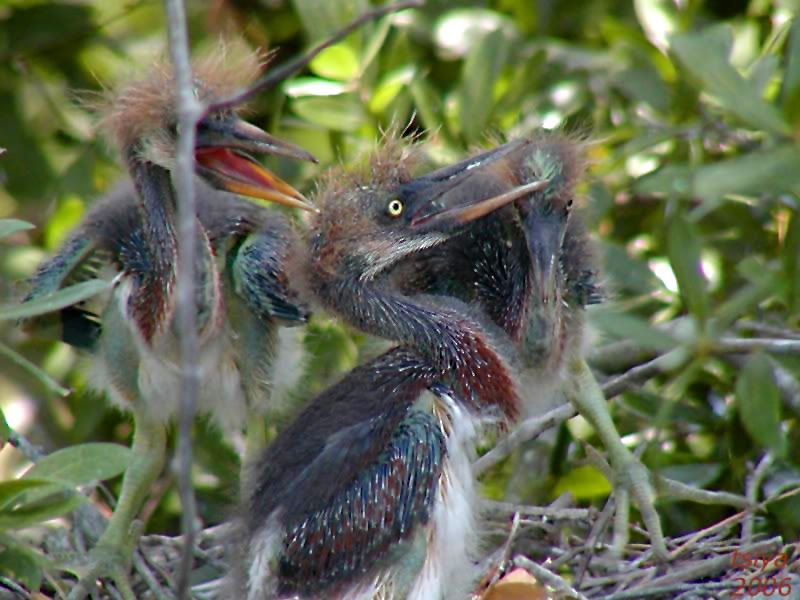
FWIW, here is an extreme crop of a tricolor head.

They are pretty creatures! Next month is when most of the action starts, lots of nesting pictures!
Disclaimer: Opinions posted on Free Republic are those of the individual posters and do not necessarily represent the opinion of Free Republic or its management. All materials posted herein are protected by copyright law and the exemption for fair use of copyrighted works.